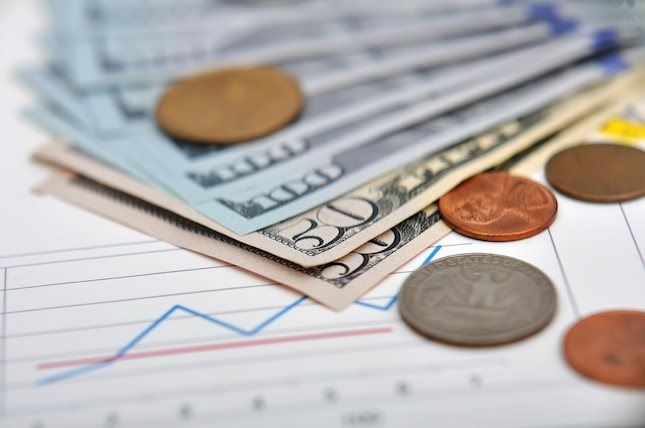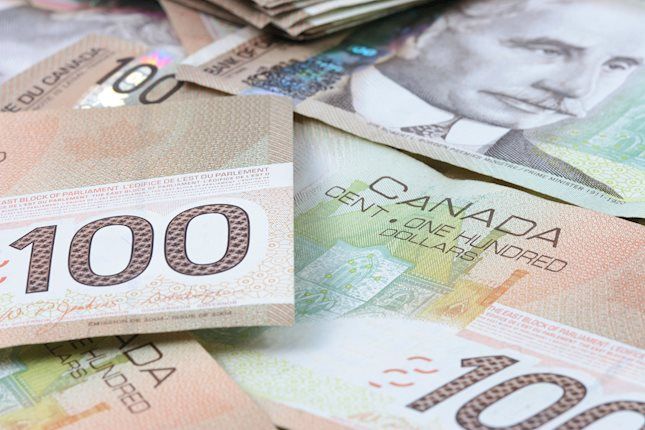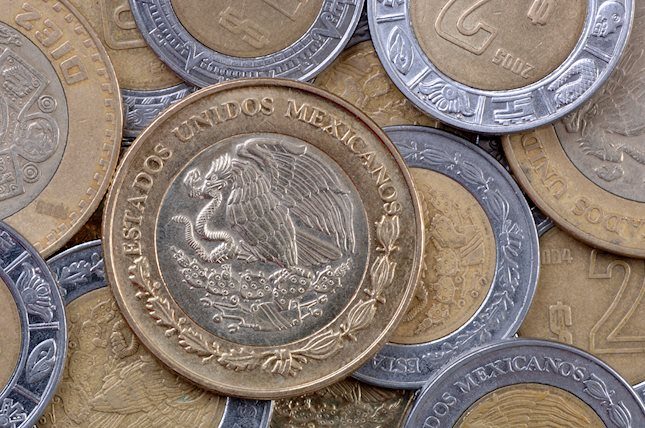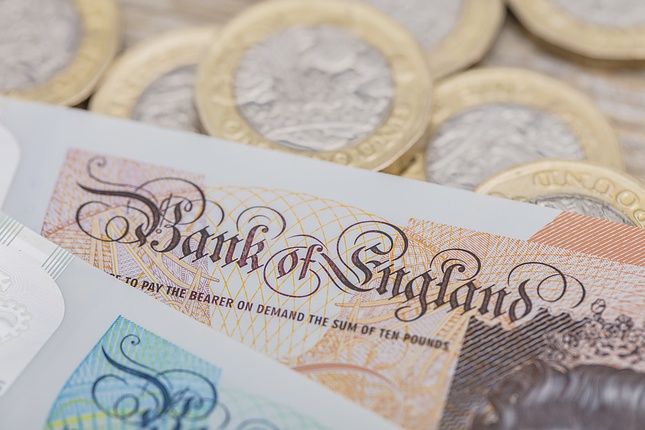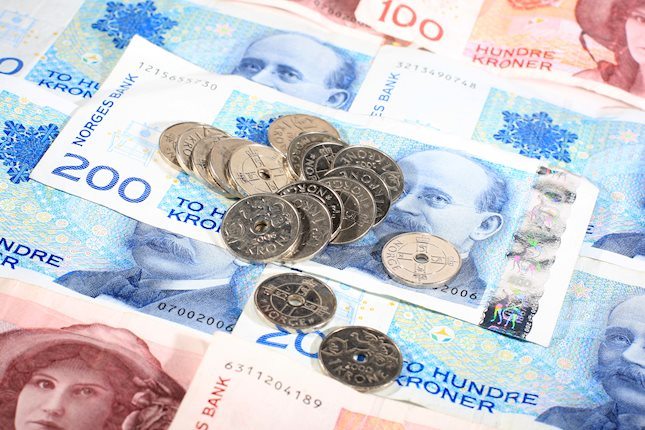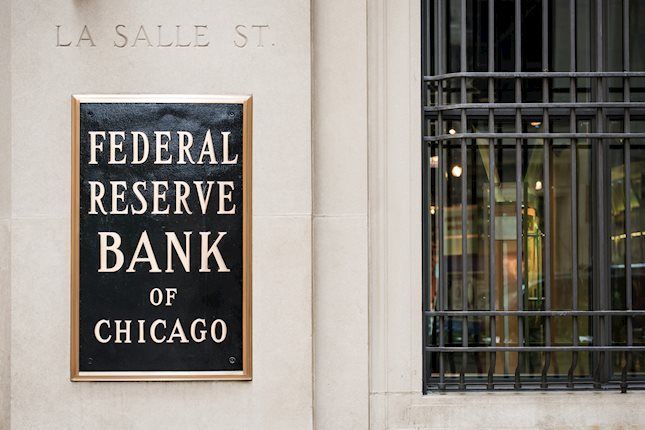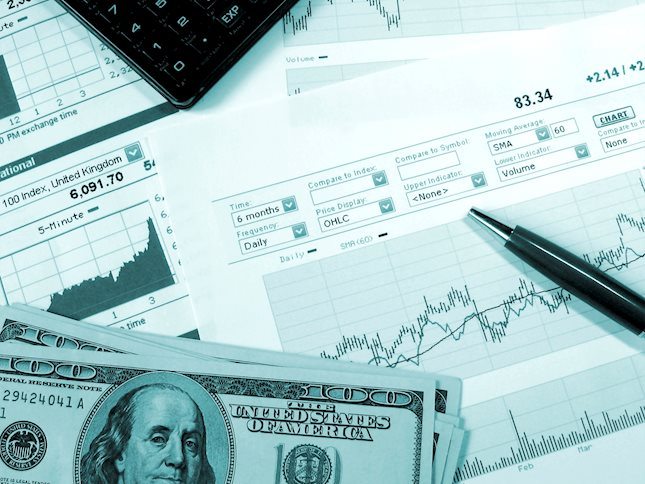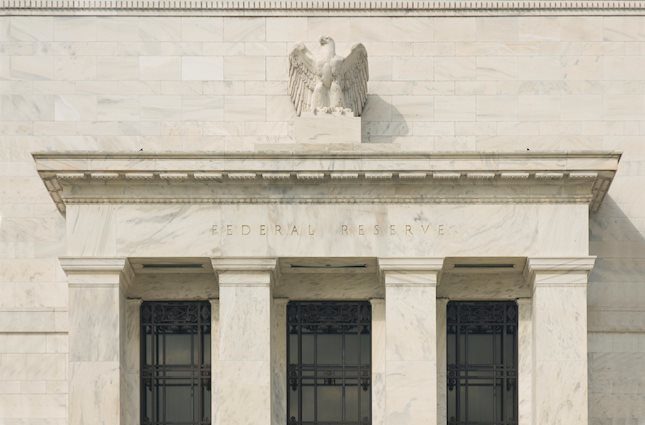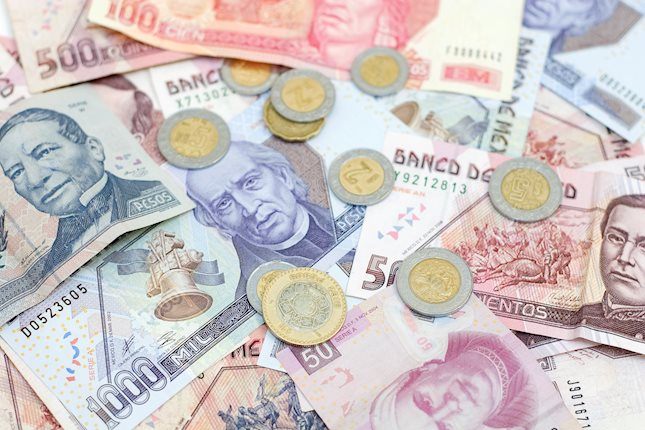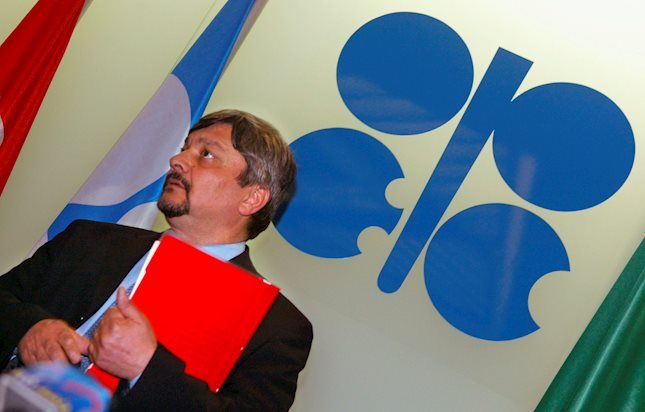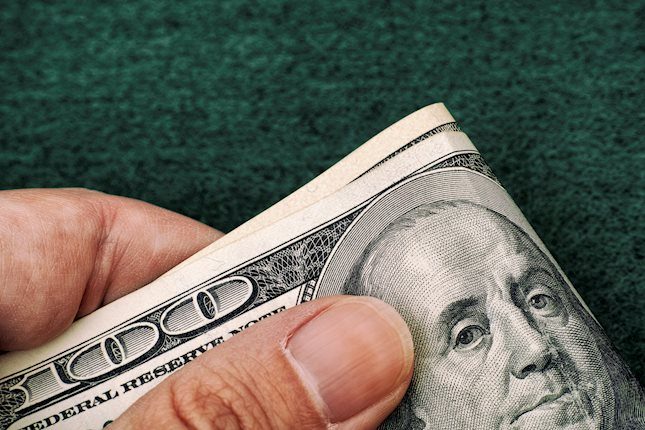US Dollar picks up gains at the start of the week on Fed speakers remarks
- There won’t be any high-level US reports due this week.
- Fed officials aren’t providing any new insights on the bank’s next movements.
- The next highlight will be next Wednesday when the US releases April’s CPI figures.
The US Dollar Index (DXY) is trading at 105, registering mild gains. Market dynamics are currently influenced by Federal Reserve (Fed) Chair Jerome Powell's cautious remarks regarding the unpredictable trajectory of inflation despite an easing trend in recent times. As well as Powell, the Fed officials flagged concerns regarding sticky inflation, despite the long implementation of restrictive monetary policies. Unless any of the Fed speakers kick the table, there won’t be any big movements this week for the USD.
Investors got spooked on Friday by the soft labor market report and rushed to bet on sooner rate cuts. However, the US economy seems to be resilient, and the pace of the USD will be dictated by incoming data.
Daily digest market movers: DXY is mildly up, dovish bets and lower yields may limit upside
- Post-Fed policy meeting, expectations for Fed easing have dropped, keeping the odds for a June cut steady at around 10%. This indicates a prevalent trust in the strength of the US economy.
- Fed officials align with Powell's view, projecting a skeptical perspective for any imminent rate reduction. Market odds suggest varied easing possibilities - 10% for a June cut, 35% for July, and 85% for September.
- US Treasury bond yields recorded a dip with the 2-year yield at 4.80%, the 5-year yield at 4.44%, and the 10-year yield at 4.43%, which may limit the upside for the USD.
DXY technical analysis: DXY presents battle with bears struggling to hold command
On the daily chart, the Relative Strength Index’s (RSI) positive slope indicates the presence of upward momentum, albeit in negative territory. This suggests that bears currently have control, though buyers are fighting back. The Moving Average Convergence Divergence (MACD) shows a reduction in red bars, further hinting at sellers losing steam and a potential turn in momentum towards the upside.
Meanwhile, the recent price action seen on the charts shows bulls working toward recovery. The DXY is positioned below the 20-day Simple Moving Average (SMA), indicating recent bearish pressure. However, it remains above the 100 and 200-day SMAs. This positioning suggests that despite recent selling bouts, the long-term sentiment remains in favor of further upside.
Interest rates FAQs
Interest rates are charged by financial institutions on loans to borrowers and are paid as interest to savers and depositors. They are influenced by base lending rates, which are set by central banks in response to changes in the economy. Central banks normally have a mandate to ensure price stability, which in most cases means targeting a core inflation rate of around 2%. If inflation falls below target the central bank may cut base lending rates, with a view to stimulating lending and boosting the economy. If inflation rises substantially above 2% it normally results in the central bank raising base lending rates in an attempt to lower inflation.
Higher interest rates generally help strengthen a country’s currency as they make it a more attractive place for global investors to park their money.
Higher interest rates overall weigh on the price of Gold because they increase the opportunity cost of holding Gold instead of investing in an interest-bearing asset or placing cash in the bank. If interest rates are high that usually pushes up the price of the US Dollar (USD), and since Gold is priced in Dollars, this has the effect of lowering the price of Gold.
The Fed funds rate is the overnight rate at which US banks lend to each other. It is the oft-quoted headline rate set by the Federal Reserve at its FOMC meetings. It is set as a range, for example 4.75%-5.00%, though the upper limit (in that case 5.00%) is the quoted figure. Market expectations for future Fed funds rate are tracked by the CME FedWatch tool, which shapes how many financial markets behave in anticipation of future Federal Reserve monetary policy decisions.
Forex News
Keep up with the financial markets, know what's happening and what is affecting the markets with our latest market updates. Analyze market movers, trends and build your trading strategies accordingly.



